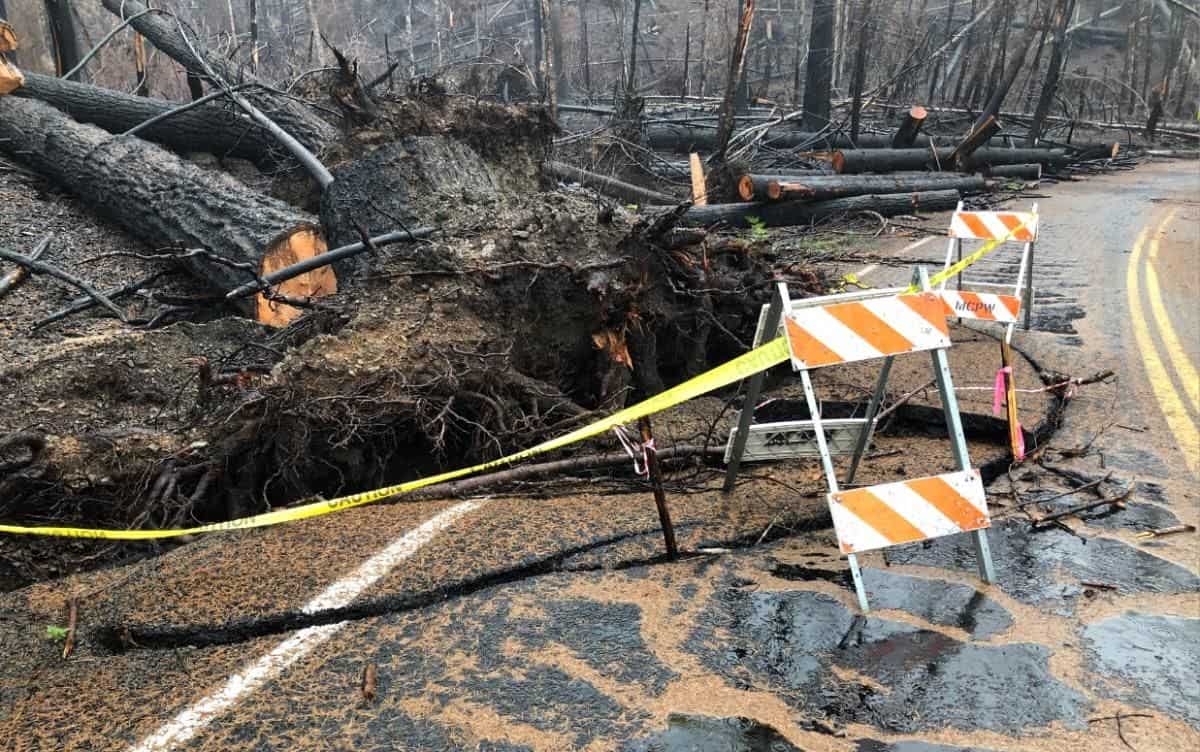Washington—Senators Dianne Feinstein (D-Calif.), Alex Padilla (D-Calif.), Steve Daines (R-Mont.) and Ron Wyden (D-Ore.) today introduced the Wildfire Emergency Act, a bipartisan bill to reduce the risk of catastrophic wildfires in the West.
This bill recognizes that the threat of wildfire is an emergency for the American West. Among the bill’s provisions include allowing the U.S. Forest Service to leverage private financing to accelerate forest restoration projects, creating a program to ensure critical facilities maintain power during wildfire disruptions, expanding a weatherization grant program to help low-income households fireproof their homes and establishing a prescribed fire-training center in the West.
“Wildfires throughout Western states, particularly California, are becoming deadlier and more destructive because of climate change. We must recognize this as the new normal and do all we can to help reduce the risk of devastating wildfires,” Senator Feinstein said. “This bill approaches the problem of wildfires from multiple directions: it accelerates forest restoration programs that reduce the threat of fire, it funds programs to help communities mitigate local fire risks and it invests in technology and firefighter workforce training to better equip us to battle these fires. Every level of government and the private sector must be involved in this fight, and this bill will go a long way toward helping us prepare for a hotter, drier future.”
“Climate change is accelerating the threat posed by wildfires in California and across the American West, making these catastrophic events the norm in our state,” said Senator Padilla. “Now is the time to make meaningful investments in wildfire prevention by allowing private financing options to help local governments in their effort to keep communities safe. The Wildfire Emergency Act would bring more resources to save lives and protect communities. By improving forest management, shoring up critical energy infrastructure, and training more forest managers, we can limit the devastation caused by extreme wildfires.”
“Montanans are sick and tired of breathing in smoke as our forests continue to burn – we need to act now to mitigate the effects of yet another deadly fire season, Senator Daines said. “Our bill expedites critical forest management projects, invests in next-gen technology and research, and protects at-risk Montana communities. We must manage our forests before they manage us.
“To address the threat of catastrophic wildfires in the West an all-of-the-above approach is needed,” Senator Wyden said. “This means making essential upgrades to keep the lights on when disaster strikes and giving communities the firefighting workforce and latest technology required to get fires under control. Our bill also prioritizes mitigation work now to prevent wildfires from turning into the megafires that destroy lives and property. The climate crisis is here, and the West needs more support.”
What the Wildfire Emergency Act does:
- Provides up to $250 million to increase the pace and scale of forest restoration and wildfire resilience projects. These funds would allow large-scale forest restoration efforts on up to 20 landscapes of at least 100,000 acres each to achieve maximum benefit.
- The U.S. Forest Service would be granted pilot authority to bring together local stakeholders, conservationists and private financing groups to leverage additional funds to implement these projects faster. Each project could receive up to $50 million in new financing under this pilot authority.
- The bill requires a report to Congress on the impact of this pilot authority and any barriers to making the authority permanent.
- Establishes an energy resilience program at the Department of Energy to ensure that critical facilities remain active during wildfire disruptions. Up to $100 million is authorized to make necessary retrofits for this purpose. Backup power would prioritize renewable fuels rather than diesel generators.
- Expands an existing Energy Department weatherization grant program to provide up to $13,000 to low-income households to make wildfire-hardening retrofits including ember-resistant roofs and gutters.
- In many states, including California, insurance companies will automatically reduce fire insurance premiums for homeowners who harden their homes against wildfire.
- Expedites the placement of wildfire detection equipment on the ground including sensors and cameras, as well as the use of space-based observation to identify new fires faster and help firefighters respond more effectively.
- Authorizes funding for programs to expand the forest conservation and wildland firefighting workforce.
- Establishes a prescribed fire-training center in the West. Currently, the U.S. Forest Service operates just one prescribed fire training center in Florida.
- Authorizes grants to professional organizations, state agencies and academic institutions to support training the next generation of foresters and firefighters. These grants would provide for increased outreach to interested students as well as support training and internships for interested individuals.
- Authorizes up to $50 million to support community grants of up to $50,000 for locally focused land stewardship and conservation.
###
